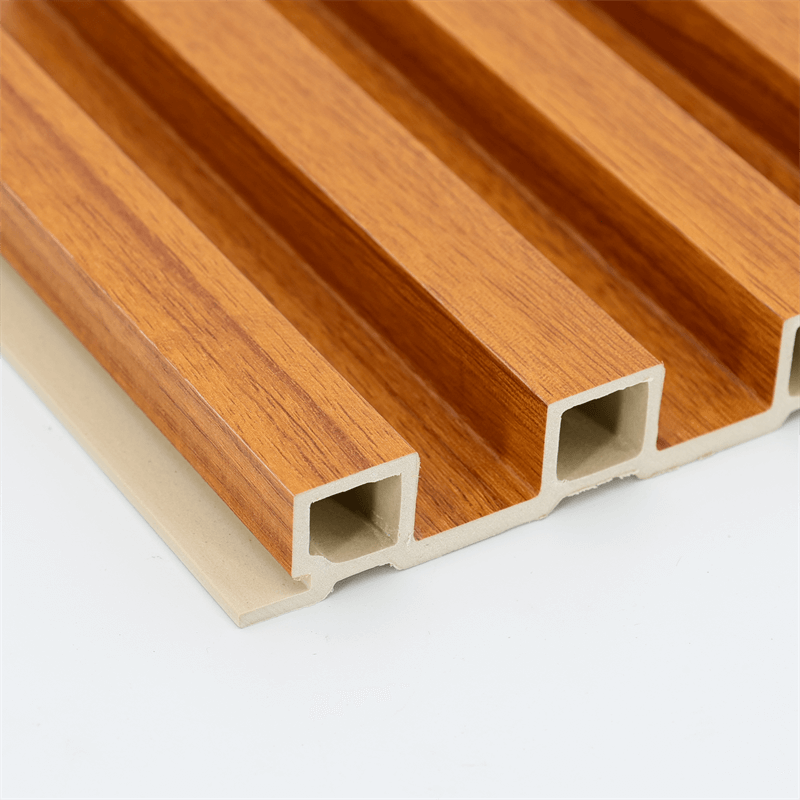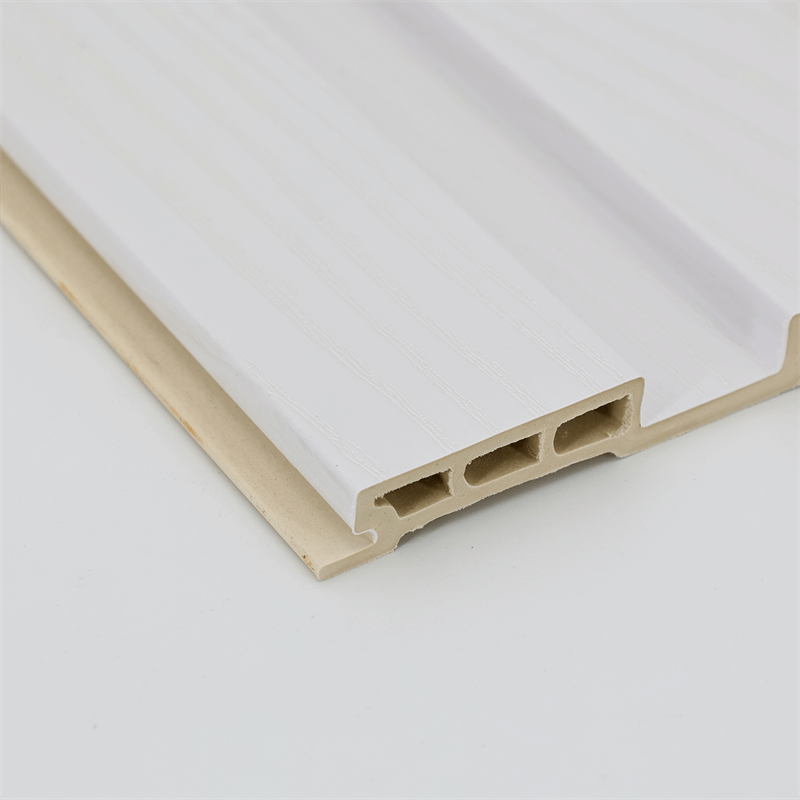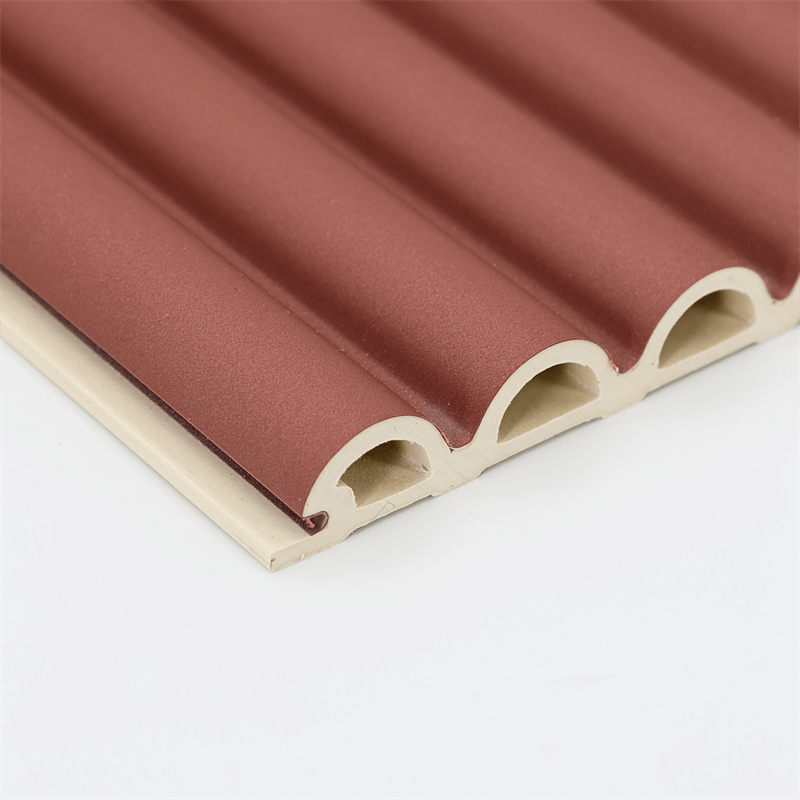Retail store design plays a crucial role in attracting customers, creating a memorable shopping experience, and enhancing brand identity.
The use of innovative materials can significantly contribute to the visual impact of a retail space.
Wood-Plastic Composite (WPC) wall panels have gained popularity as a versatile and visually striking option for incorporating into retail store designs.
This essay explores the benefits of incorporating WPC wall panels in retail store designs, focusing on their impact on visual appeal, brand representation, functionality, and sustainability.
I. Visual Appeal and Aesthetic Enhancement:
Visual appeal is a key factor in retail store design, as it has a direct influence on attracting and engaging customers.
WPC wall panels offer a unique and visually appealing element that can transform the interior of a retail space.
With their natural wood-like appearance, WPC panels add warmth, texture, and sophistication to the store environment.
They are available in a variety of colors, finishes, and patterns, allowing for customization to match the brand’s image and design concept.
Moreover, WPC wall panels can be creatively integrated into the store layout to create focal points, accent walls, or feature displays.
By strategically placing WPC panels, retailers can draw attention to specific areas or products, effectively guiding the customers’ visual experience within the store.
The visual impact of WPC wall panels contributes to a memorable and immersive shopping environment, enhancing the overall brand perception and customer satisfaction.
II. Brand Representation and Identity:
In retail design, it is crucial to create a cohesive and immersive brand experience. WPC wall panels can be utilized as a design element to reinforce brand representation and identity.
The customization options available with WPC panels allow for incorporating brand colors, logos, or unique patterns, effectively communicating the brand’s personality and values.
By integrating brand elements into the design of WPC wall panels, retailers can create a consistent and recognizable visual language throughout the store.
This cohesive brand representation enhances brand recall, fosters a sense of familiarity, and strengthens the connection between the brand and its customers.
WPC panels serve as a canvas for showcasing the brand’s story and creating a distinct retail experience that resonates with the target audience.
III. Functionality and Practicality:
Beyond their visual impact, WPC wall panels offer functional benefits that are valuable in retail store designs.
These panels are highly durable and resistant to wear, making them suitable for high-traffic areas.
They are also easy to clean and maintain, ensuring a pristine appearance even during busy retail hours.
WPC panels can be installed quickly and easily, minimizing downtime during store renovations or updates.
The modular nature of these panels allows for flexibility in rearranging or reconfiguring the store layout as needed.
Additionally, WPC panels can be used to cover uneven or damaged walls, providing a seamless and visually appealing solution.
The practicality of WPC wall panels extends to their acoustic properties.
By absorbing sound and reducing echoes, these panels contribute to a more comfortable and enjoyable shopping environment.
The functionality and practicality of WPC panels enhance the overall efficiency and functionality of a retail store.
IV. Sustainability and Eco-Friendliness:
Sustainability has become a significant consideration in retail design, reflecting the increasing consumer demand for environmentally responsible practices.
WPC wall panels offer a sustainable option for retail store designs. These panels are made from recycled wood fibers and plastic, reducing the reliance on virgin materials and minimizing waste.
The production of WPC panels consumes less energy compared to traditional materials used in retail store construction.
By incorporating WPC panels, retailers demonstrate their commitment to sustainable practices and align their brand with eco-friendly values.
Furthermore, WPC panels can be recycled at the end of their lifespan, contributing to a more circular approach to material use and reducing the environmental impact.
The use of WPC wall panels in retail store designs allows retailers to create visually stunning environments while minimizing their ecological footprint.

Incorporating WPC wall panels in retail store designs offers numerous benefits, including visual appeal, brand representation, functionality, and sustainability.
The natural wood-like appearance of WPC panels enhances the visual impact of a retail space, creating a warm and inviting atmosphere that engages customers.
The customization options allow for brand representation and identity, strengthening the connection between the brand and its customers.
Functionally, WPC wall panels offer durability, ease of maintenance, and acoustic properties that contribute to an efficient and enjoyable shopping experience.
Additionally, their sustainable nature aligns with the growing demand for eco-friendly retail practices, allowing retailers to demonstrate their commitment to environmental responsibility.
By harnessing the benefits of WPC wall panels, retailers can create visually striking and immersive retail environments that leave a lasting impression on customers.
These panels serve as a versatile design element that enhances the overall store aesthetics, reinforces brand identity, and supports sustainable retail practices.
With their combination of visual impact and practical functionality, WPC wall panels are a valuable addition to retail store designs.


